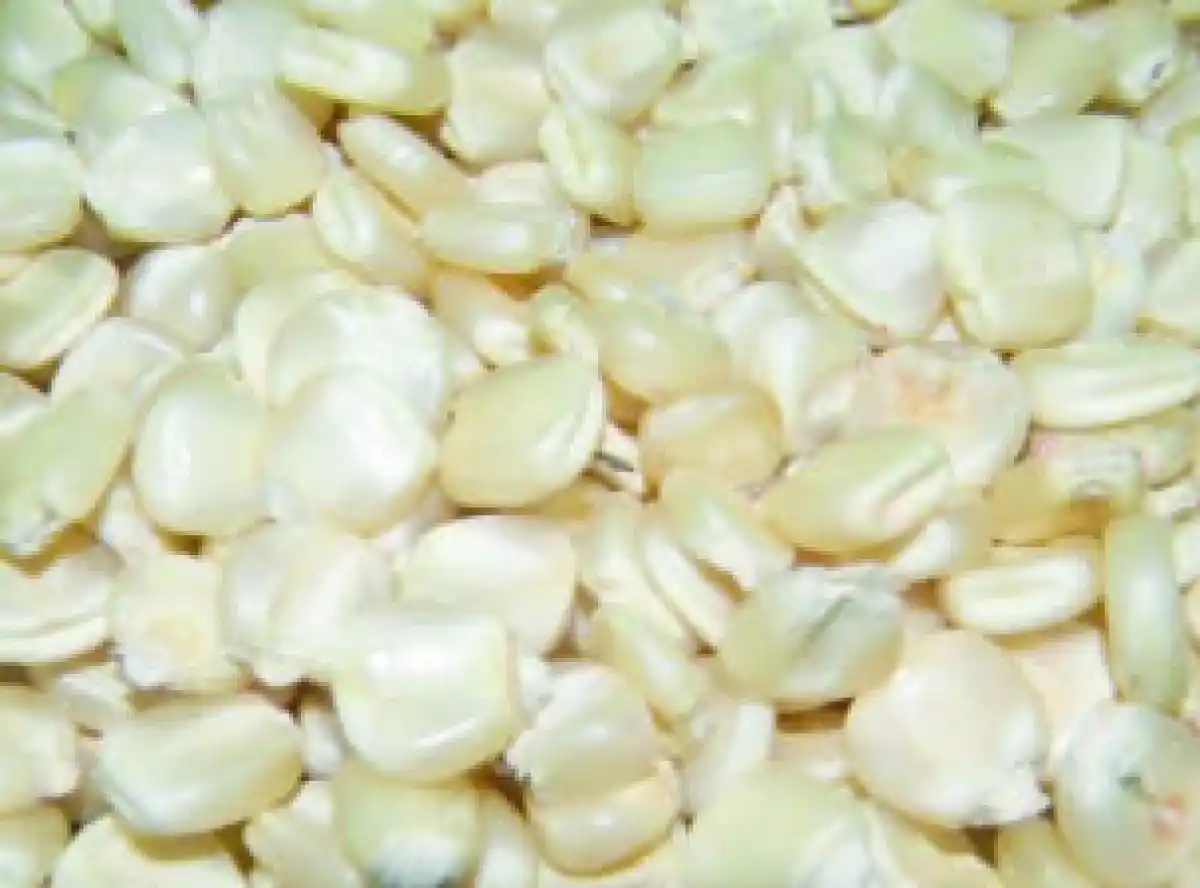
Malawi’s year-on-year inflation rate slightly decreased to 30.5 percent in March 2025, down from 30.7 percent recorded in February.
This is according to the latest Consumer Price Indices report released yesterday by the National Statistical Office (NSO).
The Stats Flash report indicates that food inflation, which continues to be a major concern for most Malawian households, decreased to 37.7 percent from 38.5 percent in February.
However, non-food inflation saw an uptick, rising to 19.2 percent from 18.5 percent in the previous month.
“The national month-to-month inflation rate for March 2025 stands at 0.8 percent. Food inflation rate is at 0.5 percent while non-food inflation rate is at 1.4 percent,” the NSO stated in its report.
Urban areas experienced higher monthly price increases compared to rural regions, with the urban month-to-month inflation rate recorded at 1.3 percent.
The urban food inflation rate was 1.4 percent, nearly matching the non-food inflation rate of 1.3 percent for urban centres.
Rural areas fared slightly better with an overall monthly inflation rate of 0.5 percent.
While rural non-food inflation matched urban areas at 1.4 percent, rural food inflation was significantly lower, at just 0.1 percent, for the month.
In an interview, economist Velli Nyirongo said the small decrease suggested that the rise in prices was slowing down, mainly due to a drop in food inflation.
He said the trend was not surprising as the country was in the harvesting season during which more food becomes available in markets, which usually helps ease pressure on prices.
“It’s important to understand that inflation measures the rate at which prices are rising, not whether prices are actually going down. In this case, prices are still going up, but at a slower pace than before. So, while people may not feel a big difference in the cost of goods, data show that price increases are beginning to ease.
“Given the current seasonal conditions and food supply, these figures do reflect what many Malawians are experiencing on the ground. However, the cost of living is still high, and any relief will take time to be fully felt by households,” Nyirongo said.
In a separate interview, another economist Marvin Banda said the expectation was that while the average year-on-year begins to decrease marginally in the short term or intra-temporally, month-to-month inflation would continue to experience a marginally steady uptick.
He said the annual tapering off would be on account of the dampening effect of freshly produced food stocks that encompass the agricultural production cycle.
“As is expected, food inflation fared better in the rural areas relative to urban areas on account of proximity to food sources, with the southern part of the country enjoying the first fall off of food prices due to the climatic advantages that prompt early harvests,” he said.








0 Comments